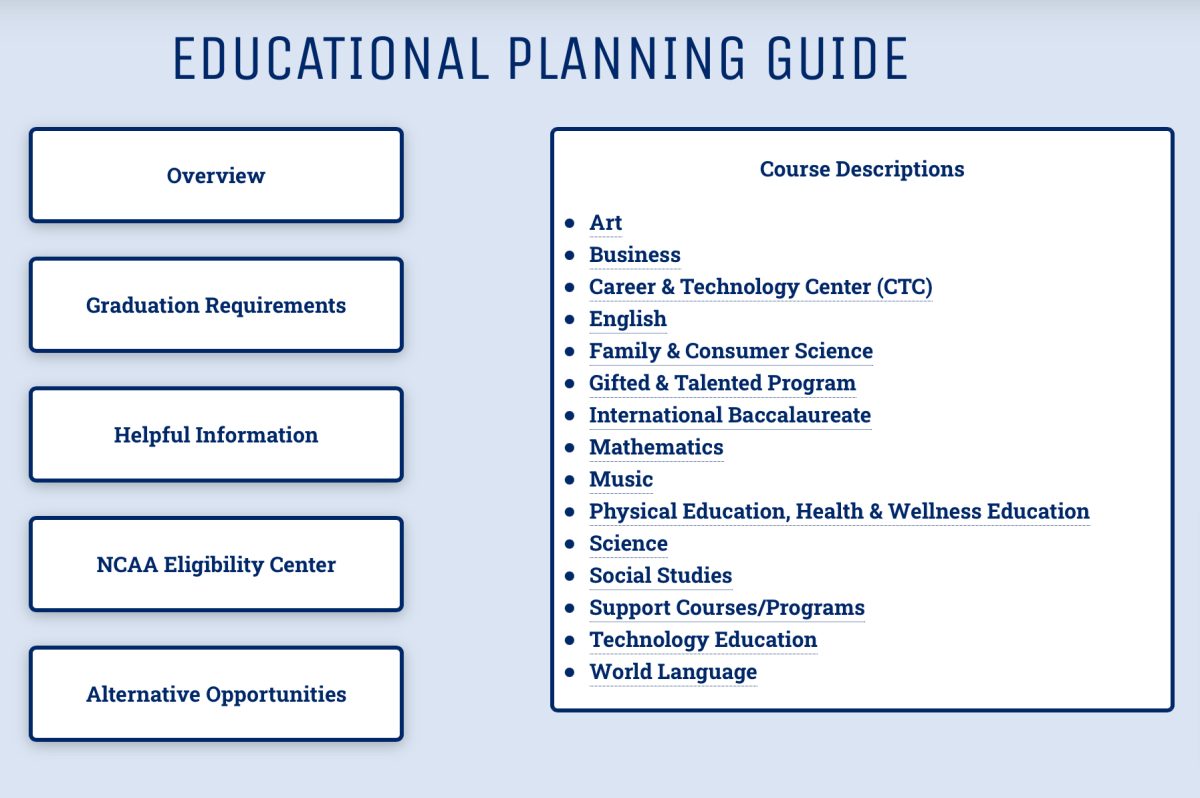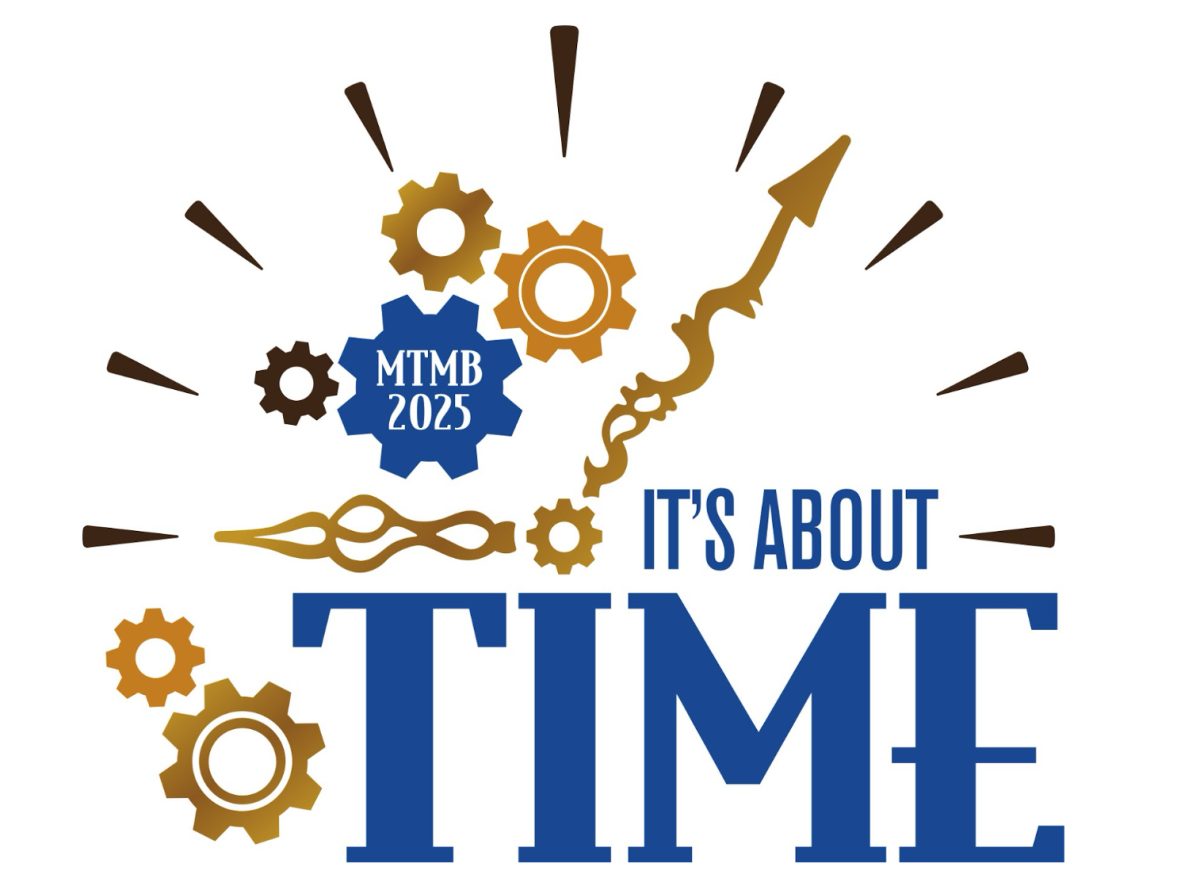Course selection for the 2024-2025 school year will take place on March 6 during students’ advisory period. To access the course selection form, students will log into their Sapphire Community Portal accounts and select the classes they’d like to take during the next school year. All ninth, 10th and 11th grade students need to complete a minimum of six credits, with a maximum of seven. A student may only exceed the seven credit maximum per school year if it is necessary for them to stay on-track to graduate.
Seniors only need five credits, and one of these credits may be “pass/fail,” where the grade they receive in the class won’t be taken into account for cumulative grade calculations. To take a class pass/fail, seniors must receive permission from their counselor, class teacher and final approval from the principal.
A student’s core classes—English, math, science and social studies—typically make up four of the six credits they need to complete in one school year. Teachers put in recommendations for courses, which will show up in the student’s course selection form on Sapphire. If a student wishes to take a course different from what their core teacher recommended, they may submit an override request to their counselor.
A student needs a total of 22 credits to graduate: four English credits, four social studies credits, one arts and humanities credit, seven STEM credits, one-half health credit, one and a half physical education credits, one-half financial literacy credit, and three and a half elective courses credits.
Most students fill their arts and humanities credit via a world language course. MT offers Spanish, French and German classes. Another way students may complete this credit is by taking any art, music, or family and consumer science course. Some examples of family and consumer science courses include Food Science and Nutrition, Child Development and Textile Design. Students can also take a tech ed course to complete this credit, such as Design Build 1 and 2, Architectural Design and Graphics 1 and 2.
Within the seven STEM credits a student must complete, they must take biology and physical science (or life science) along with one other additional science course. They need to complete Algebra 1 or Algebra 1B and two additional math credits (typically Algebra II and Geometry). The remainder of a student’s STEM credits can be completed by taking additional math courses or Tech Ed STEM courses.
The financial literacy credit may be completed by a semester course of Personal Financial Literacy or the year-long course of IB Economics. At least one of a student’s Physical Education credits must be an in-person gym class.
After a student has chosen core classes and graduation requirements, they can select their semester-long or year-long elective courses. Students can choose from a wide range of English, math, business, art, music, family and consumer science, social studies, technology and language electives. However, it is recommended that students keep in mind some backup electives in case their primary choices fill up, don’t fit in with their schedule or don’t run at all. If not enough people enroll for a particular course, administration can make the decision to not run it next year.
The course selection form will be open for two weeks, and students can edit their course selections at any time while this window is still open. If a student wishes for a change to their course selection after the window has closed, they need to request the change through the counseling office.
If a student wishes to drop a year-long course before the end of the first marking period next year, that course will be removed from their academic record. Students may still drop a course during the second and third marking periods next year, but the course will remain on their academic record as either “WP” (Withdrew Passing) or “WF” (Withdrew Failing) based on their grade at the time of their withdrawal.
For semester courses, students may drop a course before the end of the first marking period (or third marking period for second-semester courses), and it will be removed from their academic record. Students may not drop a semester course during the second and fourth marking periods or a year-long course during the fourth marking period.
Students may also request course level changes after course selection with their counselors, but this must be done before the end of the first marking period for year-long courses and first-semester courses and before the end of the third marking period for second-semester courses. If their counselor approves, the student’s grades from the former level (without weighting) will transfer to the new level.















